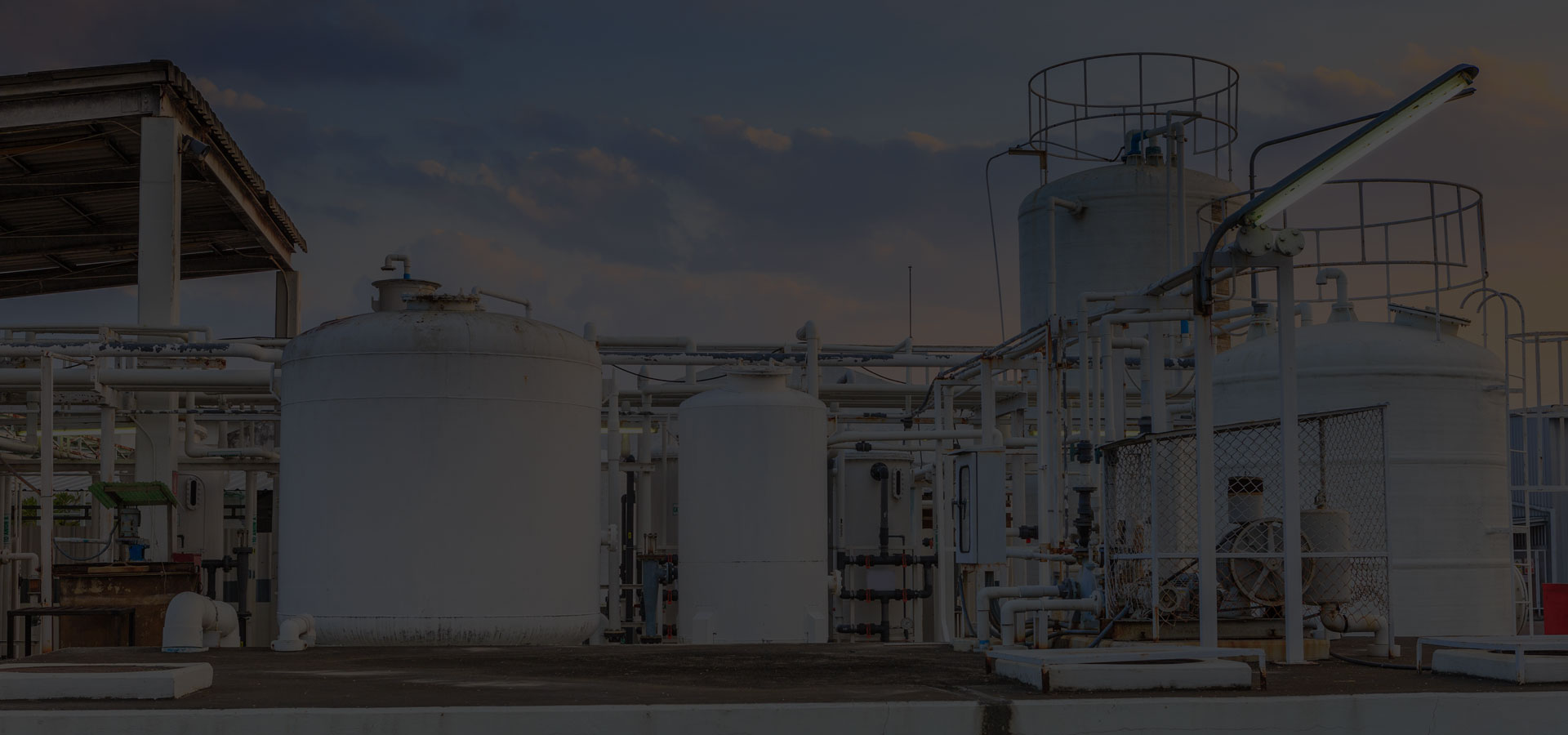
Nitrogen and oxygen gases
for industry and agriculture

Gas uses
Nitrogen industrial applications
Refineries and petrochemical plants, for example, require high volumes of nitrogen gas in pressurization operations, and inerting operations to remove oxygen and moisture from reservoirs and pipelines.
The food and beverage industry requires significant amounts of liquid and gaseous nitrogen for food processing applications with cryogenic cold (including freezing, crusting, etc.), preservation (controlled atmosphere packaging) and to maintain the cold chain when food products are stored and transported.
In many industries, ultra-pure nitrogen is used to zero and purge analytical instruments. Very high levels of purity are also required to meet the constraints of the semiconductor industry. Nitrogen generators are used to produce nitrogen from compressed air. They can produce nitrogen gas on site at a wide array of facilities. Visit novairindustries.com for more information about industrial nitrogen generators.
Nitrogen is used in gaseous form in a mixture with hydrogen (N₂-H₂ mixture) as a leak detection gas. It can be used pure or mixed with other gases for laser cutting applications.
Medical gas
Medical gases in healthcare sectors
A medical gas is usually used for the health of patients. It is important to study and design medical gas distribution systems in public and private institutions.

Medical gases
It means any gas or gas mixture that meets the definition of a health product and other than a drug. Oxygen is included in this field for life support and nitrous oxide in the context of anesthesia.

Medical Devices Gases
These gases are used in cell culture, laparoscopy, ocular surgery or dermatology. We are talking about gases such as medical nitrogen, pharmaceutical nitrogen, surgical medical argon, etc.

Therapeutic gases
Therapeutic or medicinal gases have the status of drugs. They are used to relieve pain during a painful event (MEOPA) on the one hand and to treat acute respiratory distress on the other hand (KINOXTM).

GPM, Pure Gas and Mixtures
The new technology allows today to offer global solutions (gas, equipment and services) tailored to your needs in compliance with good manufacturing practices. There is a wide range of production of gas mixtures (from 2 to 11 gases).
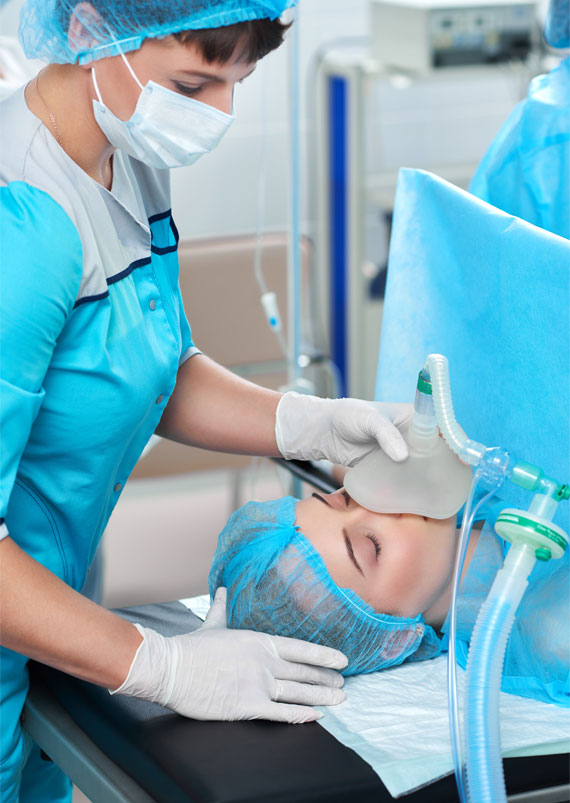
Gas production
On-site gas production
On-site gas generators provide more durable and cost-effective solutions than liquid or bulk liquid gas delivery, which involves transportation, handling and therefore management. An on-site gas generator simply plugs into an existing compressed air system and offers an independent, reliable and flexible power supply.
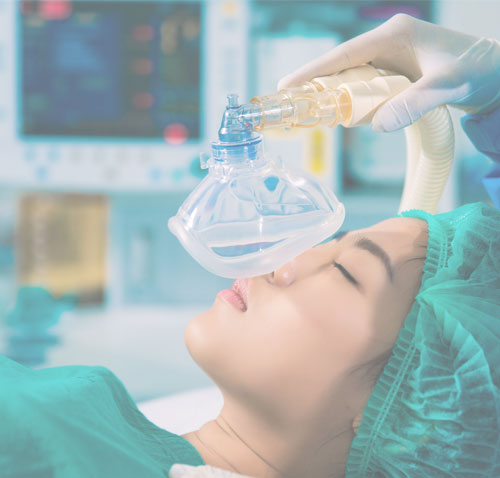
Gas for medical use
Gases for medical use are health products. The distribution and installation of medical equipment requires devices necessary for the production and distribution of medical fluids in health facilities.
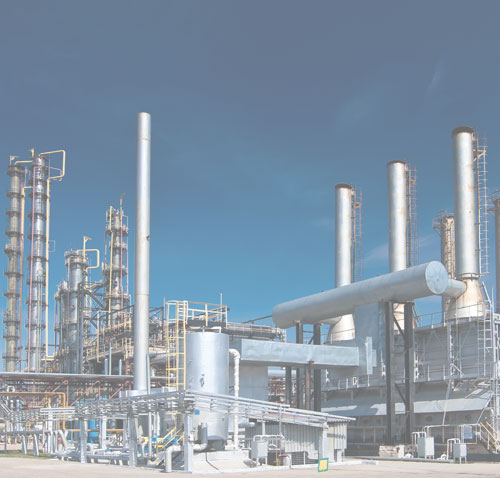
Industrial gases
It is in our interest to develop tailor-made solutions for the production, compression and treatment of gases, as well as for the production of vacuum. There are facilities that are suitable for intensive use in diverse sectors, furthermore on materiel-industriel.com.
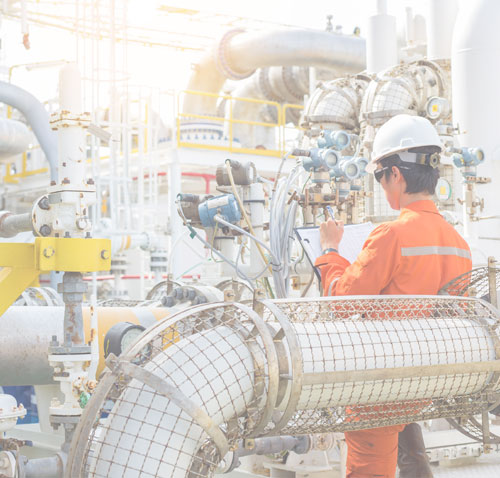
Gases and technologies
For machine and equipment manufacturers: There are mini-compressors or mini-vacuum pumps that will meet the most demanding energy, space, noise and reliability criteria, while ensuring the flow and requested pressure.
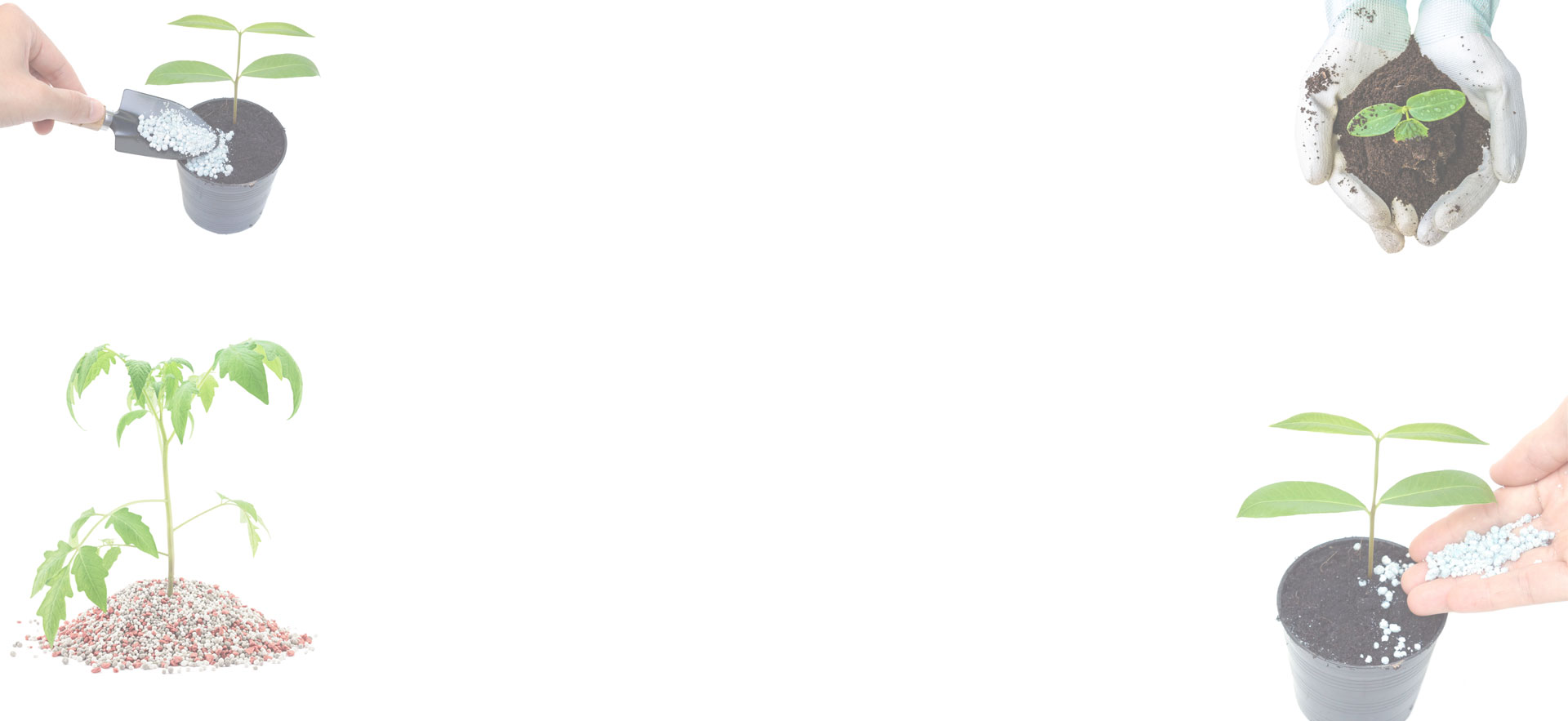
Nitrogen and plants
Nitrogen plays an essential role in
the composition of organic matter
To ensure its growth and development, the plant selects the elements it needs from the surrounding environment: carbon from atmospheric carbon dioxide, oxygen and nitrogen in the air and soil, and water and other nutrients, which it absorbs mainly from the soil.
Nitric N2
Nitrate (NO3-) is easily absorbed by plants and is directly available. It is mobile in the soil and quickly reaches the roots of plants. The supply of nitrogen in the form of ammonitrate is therefore a directly assimilable source of nitrogen.
Ammoniacal N2
Ammonium (NH4+) is only absorbed directly by the crop in small quantities. The roots must therefore be close to the ammonium to absorb it. Most of the ammonium is transformed into nitrate by soil bacteria.
Urea nitrogen
It is not directly assimilated by the root of plants in large quantities. It must first of all be hydrolyzed into ammonium by soil enzymes. This can take between a day and a week depending on the temperature and humidity of the soil.
Nitrogen and aquaponics
Diagnose nitrogen deficiency in aquaponia
Nitrogen deficiency is easily identifiable because it causes yellowing of the old leaves, stunted stems on the plants and a lack of vigour. Nitrogen is a mobile nutrient that can be reassigned to plant tissues after mobilization in older leaves. Nitrogen is required to have lush vegetation.
Nitrogen is one of the keys to the structure, functioning, and reproduction of living organisms.